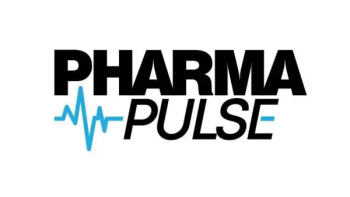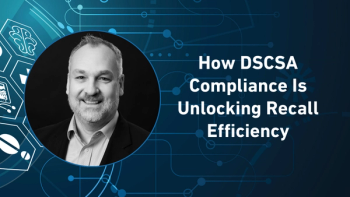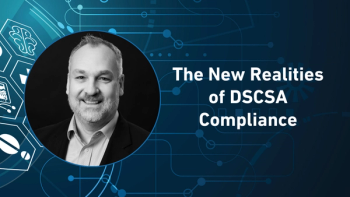
What Payers Really Want from High Cost Therapies in Rare Diseases
Bruce Leuchter, CEO, Neurvati, explains why aligning drug development with patient-reported outcomes is key to demonstrating value and achieving payer alignment in the rare disease space.
PC: How might this change affect payer negotiations and reimbursement decisions, particularly for innovative or high-cost therapies?
Leuchter: When it comes to rare diseases, patients often suffer from a wide range of symptoms—some of which receive more attention from drug developers than others. That’s often because targeting specific symptoms can be a higher-probability path to getting a novel therapy to market. But in my view, the most valuable therapies are those that address the underlying disease biology, thereby impacting all symptoms—not just a select few.
From a payer’s perspective, that broader impact is essential. If you're reimbursing a high-cost medicine, you want to see the greatest possible effect across the full spectrum of the disease. Incorporating feedback from patient advocates is key to understanding the full burden of disease—on both patients and caregivers. That input helps shape development plans and endpoints that capture the drug’s impact on a broader array of symptoms.
Ultimately, payers prioritize outcomes and effect size across the disease state. Without patient advocate input, developers may miss opportunities to address the symptoms that contribute most to that overall effect size. Whether you’re a regulator, a developer, or a payer, we all benefit from patient perspectives. They help align development goals, support reimbursement decisions, and justify the value of high-cost therapies by demonstrating broader clinical impact.
Full Interview Summary: The proposed policy change by the Department of Health and Human Services (HHS) that could reduce formal mechanisms for patient advocate input in regulatory discussions poses significant risks to drug development, especially for rare and serious diseases. Patient advocates are crucial in helping developers understand the lived experiences of patients and caregivers, especially in conditions with limited natural history data. Their insights inform decisions around clinical trial design, site and endpoint selection, and regulatory strategies. Organizations such as GRIN Therapeutics have prioritized patient advocacy from the outset, integrating advocates into their teams to ensure ongoing dialogue and collaboration throughout development.
Historically, public participation has been instrumental in shaping healthcare policy. For newly recognized or genetically defined diseases, patient advocates often provide the only frame of reference for symptom progression and caregiver burden. This input is invaluable not only to developers and regulators but also to payers making reimbursement decisions. High-cost, innovative therapies must demonstrate broad impact across disease symptoms to justify value, and advocates help articulate which symptoms matter most to patients. Their contributions help define clinical endpoints that better capture treatment effectiveness, supporting both regulatory approval and reimbursement.
If formal patient input mechanisms at the federal level were removed, drug developers would lose a vital perspective at a critical decision-making stage. While engagement can continue informally—through interviews, surveys, and other methods—losing the regulatory touchpoint would weaken the system. Nonetheless, developers can and should continue gathering robust patient and caregiver insights and proactively share them with regulators. In doing so, they help bridge any gaps left by policy changes and sustain meaningful engagement that ultimately benefits all stakeholders—patients, developers, payers, and regulators alike. This collaborative approach remains essential to ensuring the development of effective, impactful therapies for rare and serious conditions.
Newsletter
Stay ahead in the life sciences industry with Pharmaceutical Commerce, the latest news, trends, and strategies in drug distribution, commercialization, and market access.




